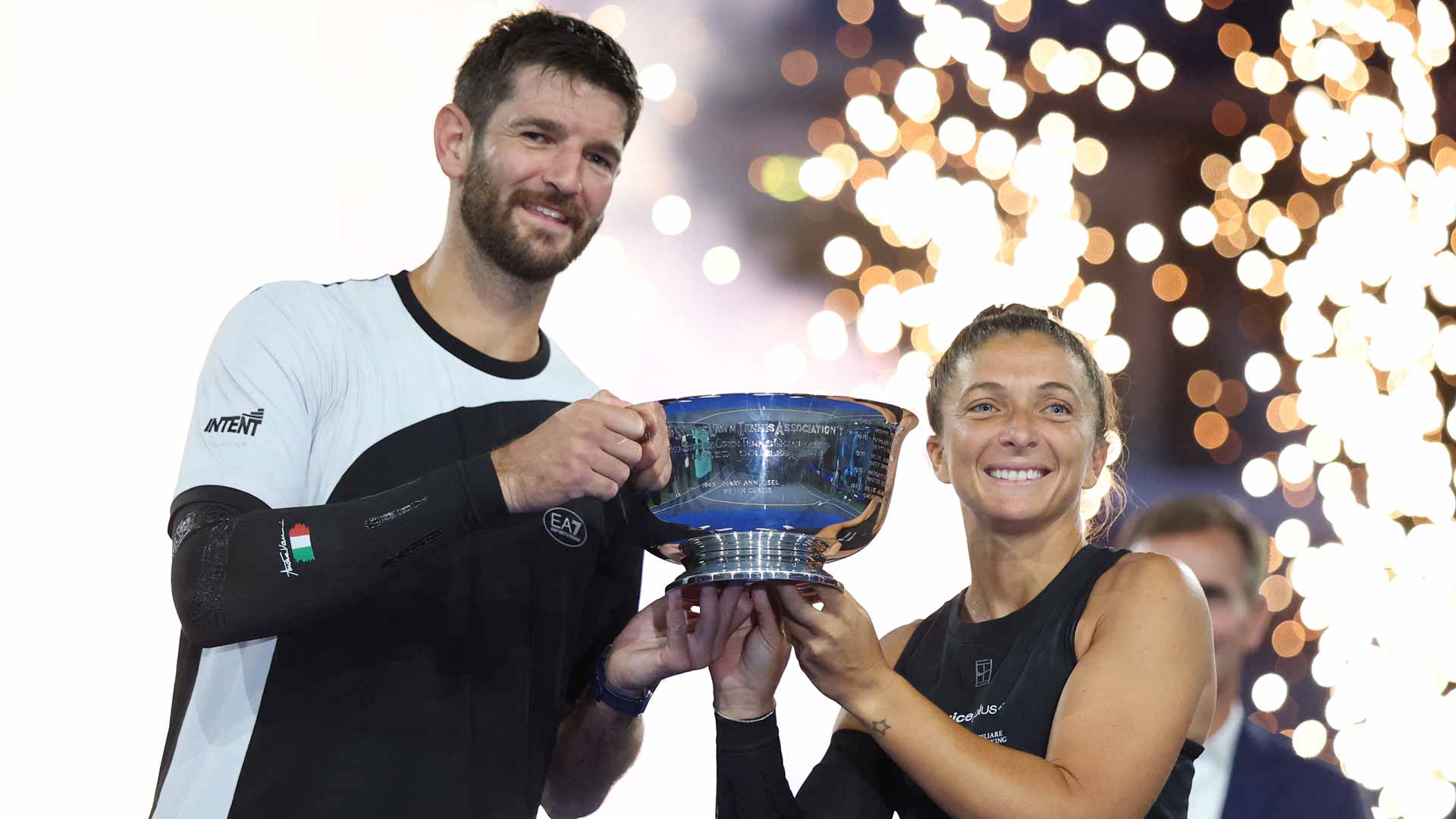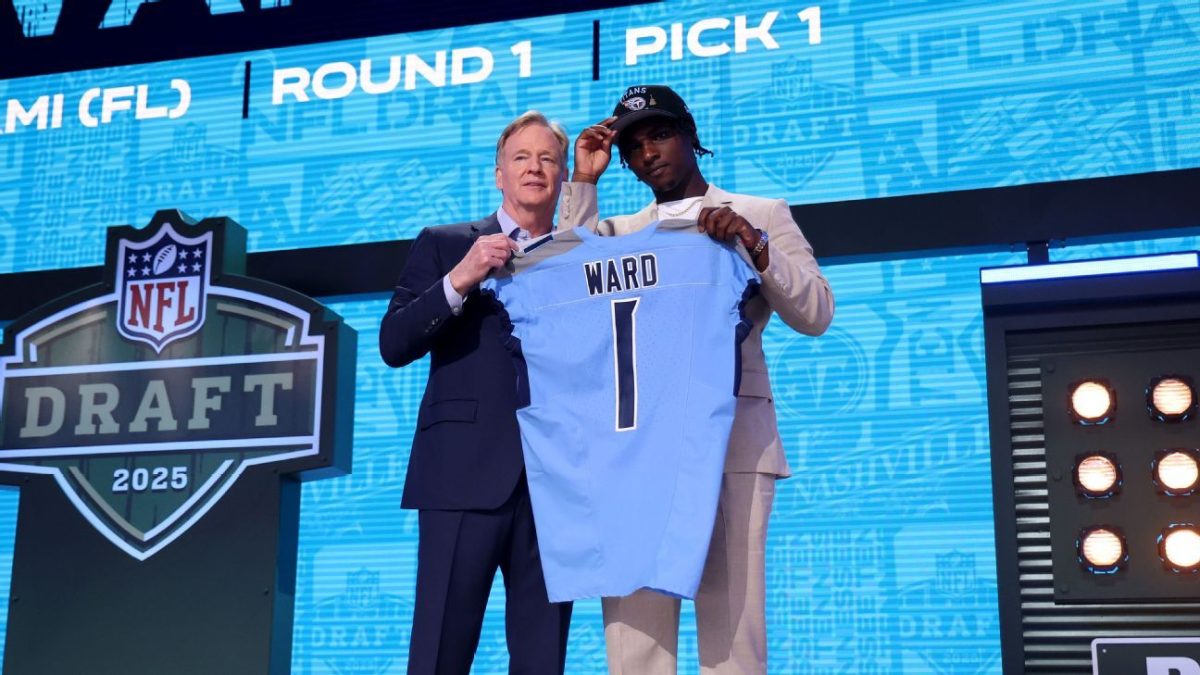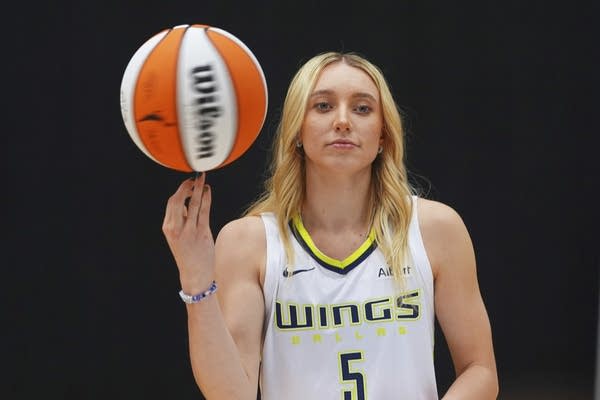The final Grand Slam of the year, the US Open, kicked off with a bold change: a revamped mixed doubles tourna-ment designed to draw more fans and spotlight some of tennis’s biggest stars. Traditionally overshadowed by the singles events, mixed doubles took center stage thanks to a new format that featured shorter matches, earlier scheduling, and star-studded pairings. This drew more fans to watch the event, many of whom weren’t interested in the mixed doubles tournament in past years.
Despite being an avid tennis fan, Juliana Goode (‘26) says she had “never been to a mixed doubles tournament” until this year.
Varsity tennis coach Mr. Hooker believes the new format is “better” because “it just makes it more exciting, you know?”
Some might ask, why hasn’t this been done before? In previous years, mixed doubles matches ran at the same time as singles and doubles events, often without much attention. Many top players skipped them entirely, worried about overexertion or injury from playing in multiple brackets. Because of this, household names like Carlos Alcaraz, Coco Gauff, and Jannik Sinner rarely appeared in the mixed doubles draw.
This year, the tournament introduced a dramatic new format. All mixed doubles matches were held over two days before the singles draw began. Instead of the traditional best-of-three full sets, matches were shortened to sets of four games each, with a 10-point tiebreak in lieu of a third set.
These changes allowed more top players to participate without jeopardizing their singles performance. Many fans, including Juliana Goode (‘26), thought “it made it super fun to watch in person because I got to see so many different matches in such a short period of time and so many different players.”
The outcome can be positive or negative as “the new format changes the players’ strategies and stamina so they have to adjust quickly, and that can either push them and make them have a better performance or put them under too much pressure,” said Lulu Kenny (‘27).
As a coach, Mr. Hooker believes that players have to “train for it and prepare mentally when it’s shorter.”
He recalls that when the girls varsity tennis rules changed from playing a full set to a 10-point tiebreak, it could “go either way, and that’s not good.” He felt that when matches went to a third set prior to the rule change, the Mamaroneck girls could “dig deep within” and “Mamaroneck often prevailed.”
So, while the shorter matches made it more entertaining for fans and more appealing for players, “it put a lot of em-
phasis on the first set and in some ways made the game less competitive because there was less opportunity to come back from a deficit,” said Goode.
Despite the addition of singles stars, the final result highlighted the major difference between singles and doubles skill sets. The defending champions and doubles specialists, Sara Errani and Andrea Vavassori, once again claimed the title, proving that experience and chemistry in doubles still matter most.
“Singles and doubles tennis are simply so different they are almost like two entirely different games,” said Kenny. It finally put out the debate among tennis fans on which winners
were better, singles or doubles. But “as fun as it is to watch high ranked singles players play doubles, ultimately it isn’t their specialty so it’s not that surprising that people who practice and play doubles matches often, won,” said Goode.
At the end of the day, fans and players alike enjoyed the tournament changes that drew
larger crowds, kept the games moving, and put larger paychecks in winners’ pockets. But as to the longevity of this format? MHS isn’t so sure. Goode felt this “served as a test run” but felt “there will definitely be some changes” in the future.
However, Kenny noted that because the industry is “always trying to make sports more interesting,” it’s unlikely the US Open will revert back to the old format.
If anything, the tennis world knows it “takes time to adjust to change,” said Hooker, and they’ll “continue to adapt
it and then see what happens.”









